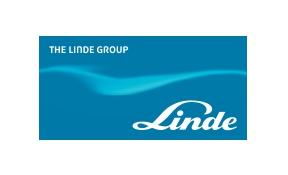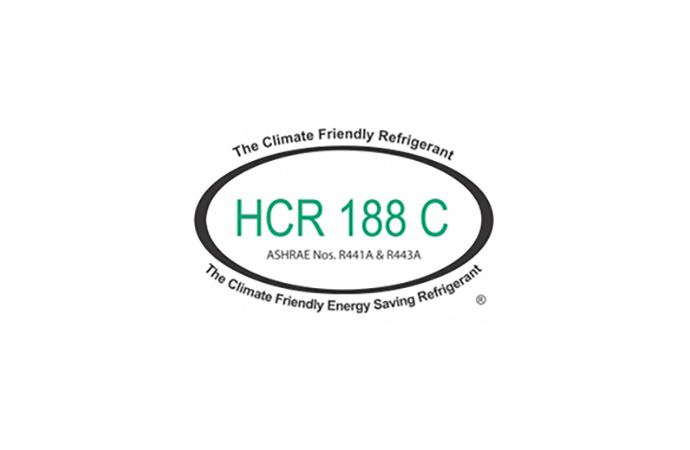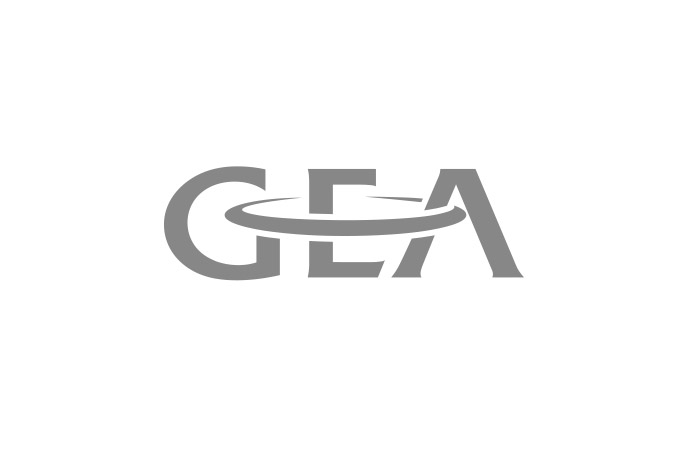The U.S. Department of Energy has adopted new Federal energy conservation standard levels for residential central air conditioners and heat pumps that will apply as of January 2015.

Following a public comment period until mid October, the United States Department of Energy (DOE) reaffirmed efficiency standards for residential furnaces, central air conditioners and heat pumps that are manufactured in or imported into the United States at the levels already established by a June 2011 direct final rule.
The rule establishes regional energy conservation standards for the North, South, and Southwest regions of the United States applicable as of 1 January 2015:
* SEER is Seasonal Energy Efficiency Ratio; EER is Energy Efficiency Ratio; HSPF is Heating Seasonal Performance Factor; and Btu/h is British thermal units per hour.
The rule also amends energy conservation standards when the equipment is in standby mode and off mode.
Hydrocarbons soon in the US?
The use of hydrocarbons in air conditioning and heat pumps is currently not acceptable in the US. Meanwhile, a long awaited and imminent approval under the US Significant New Alternatives Policy (SNAP) programme of four hydrocarbons, namely isobutane, propane, HCR-188C (R441a), and HCR-188C1 as acceptable refrigerants in household and light commercial applications may be expected to kick start thinking about their potential in other applications such as air conditioning.
Background
In January 2010, the Air-conditioning, Heating, and Refrigeration Institute (AHRI), American Council for an Energy-Efficient Economy (ACEEE), Alliance to Save Energy (ASE), Appliance Standards Awareness Project (ASAP), Natural Resources Defense Council (NRDC), and Northeast Energy Efficiency Partnerships (NEEP) submitted a joint comment to DOE's residential furnaces and central air conditioners and heat pumps rulemakings recommending adoption of a package of minimum energy conservation standards for residential central air conditioners, heat pumps, and furnaces.
After analysing the industry recommendations, DOE issued a direct final rule amending the energy conservation standards for residential furnaces and central air conditioners and heat pumps on 27 June 2011.
The rule establishes regional energy conservation standards for the North, South, and Southwest regions of the United States applicable as of 1 January 2015:
| Product Class | National Standards | Southeastern Region Standards | Southwestern Region Standards |
| Split-system air conditioners | SEER=13 | SEER = 14 | SEER = 14 EER = 12.2 for units with a rated cooling capacity less than 45,000 Btu/h EER = 11.7 for units with a rated cooling capacity equal to or greater than 45,000 Btu/h |
| Split-system heat pumps | SEER= 14 HSPF=8.2 | SEER = 14 HSPF = 8.2 | SEER = 14 HSPF = 8.2 |
| Single-package air conditioners | SEER= 14 | SEER = 14 | SEER = 14 EER = 11.0 |
| Single-package heat pumps | SEER= 14 HSPF=8.0 | SEER = 14 HSPF = 8.0 | SEER = 14 HSPF = 8.0 |
| Small-duct, high-velocity systems | SEER= 13 HSPF=7.7 | SEER = 13 HSPF = 7.7 | SEER = 13 HSPF = 7.7 |
| Space-constrained products – air conditioners | SEER=12 | SEER = 12 | SEER = 12 |
| Space-constrained products – heat pumps | SEER =12 HSPF=7.4 |
SEER = 12 HSPF = 7.4 | SEER = 12 HSPF = 7.4 |
The rule also amends energy conservation standards when the equipment is in standby mode and off mode.
Hydrocarbons soon in the US?
The use of hydrocarbons in air conditioning and heat pumps is currently not acceptable in the US. Meanwhile, a long awaited and imminent approval under the US Significant New Alternatives Policy (SNAP) programme of four hydrocarbons, namely isobutane, propane, HCR-188C (R441a), and HCR-188C1 as acceptable refrigerants in household and light commercial applications may be expected to kick start thinking about their potential in other applications such as air conditioning.
Background
In January 2010, the Air-conditioning, Heating, and Refrigeration Institute (AHRI), American Council for an Energy-Efficient Economy (ACEEE), Alliance to Save Energy (ASE), Appliance Standards Awareness Project (ASAP), Natural Resources Defense Council (NRDC), and Northeast Energy Efficiency Partnerships (NEEP) submitted a joint comment to DOE's residential furnaces and central air conditioners and heat pumps rulemakings recommending adoption of a package of minimum energy conservation standards for residential central air conditioners, heat pumps, and furnaces.
After analysing the industry recommendations, DOE issued a direct final rule amending the energy conservation standards for residential furnaces and central air conditioners and heat pumps on 27 June 2011.
MORE INFORMATION
Related stories













